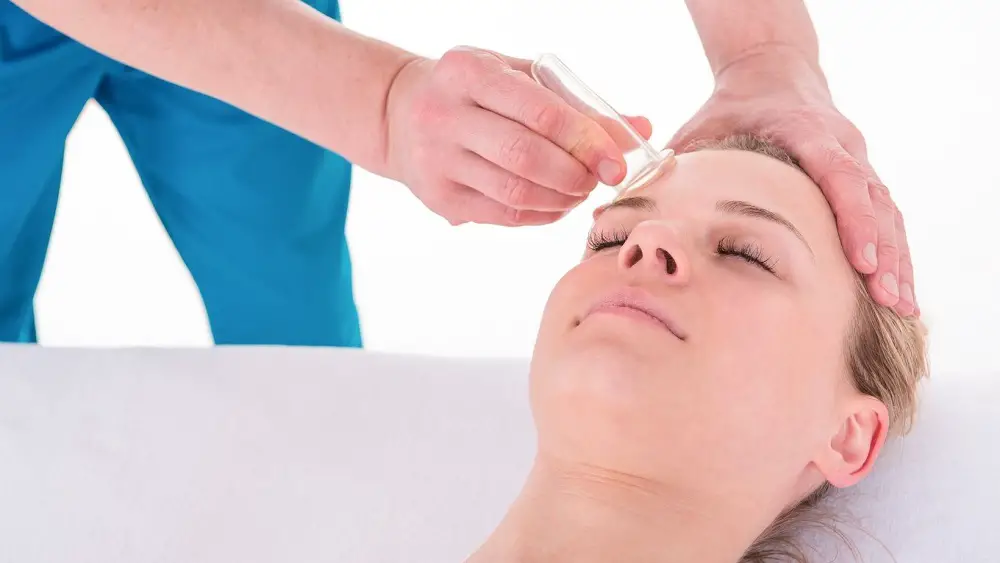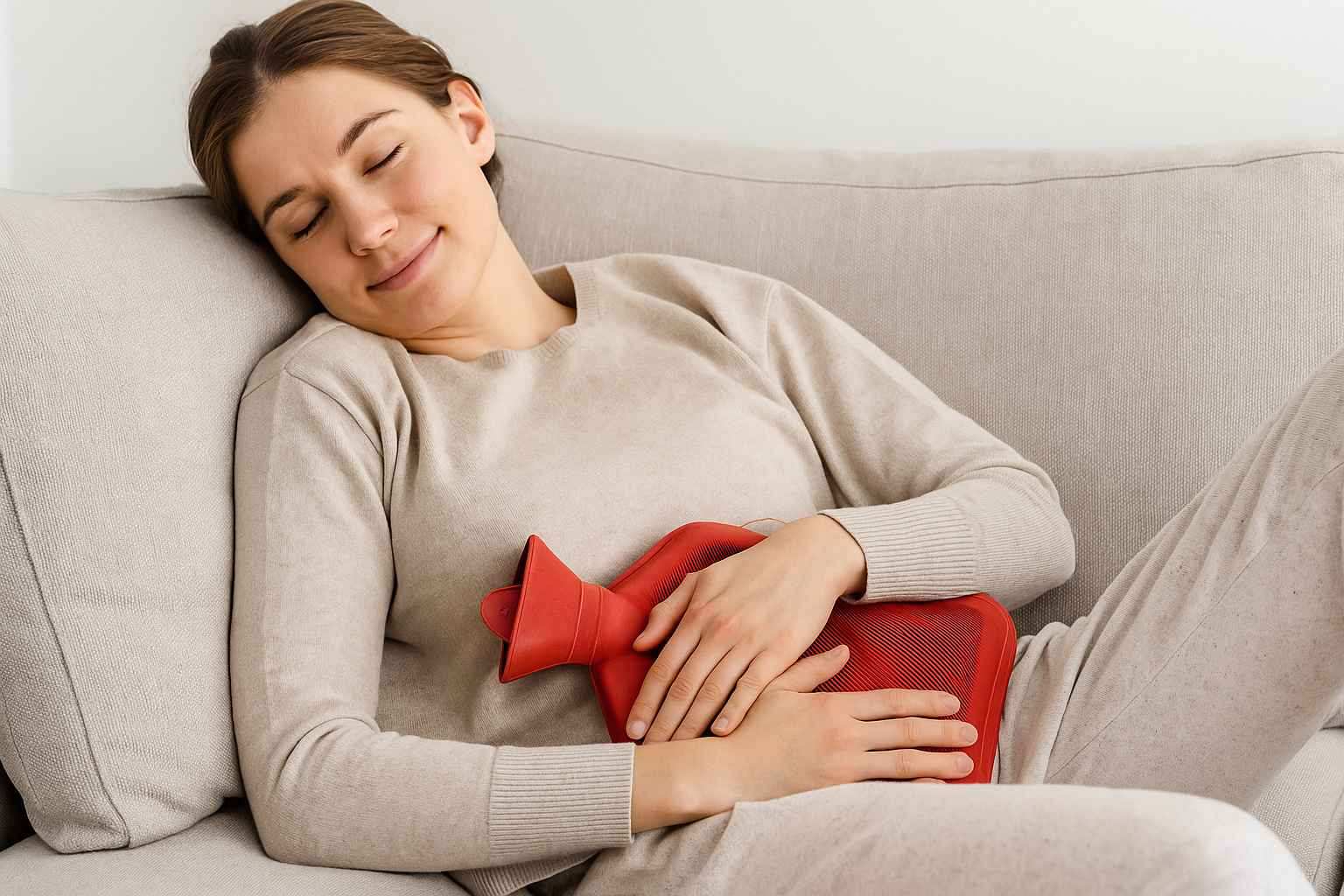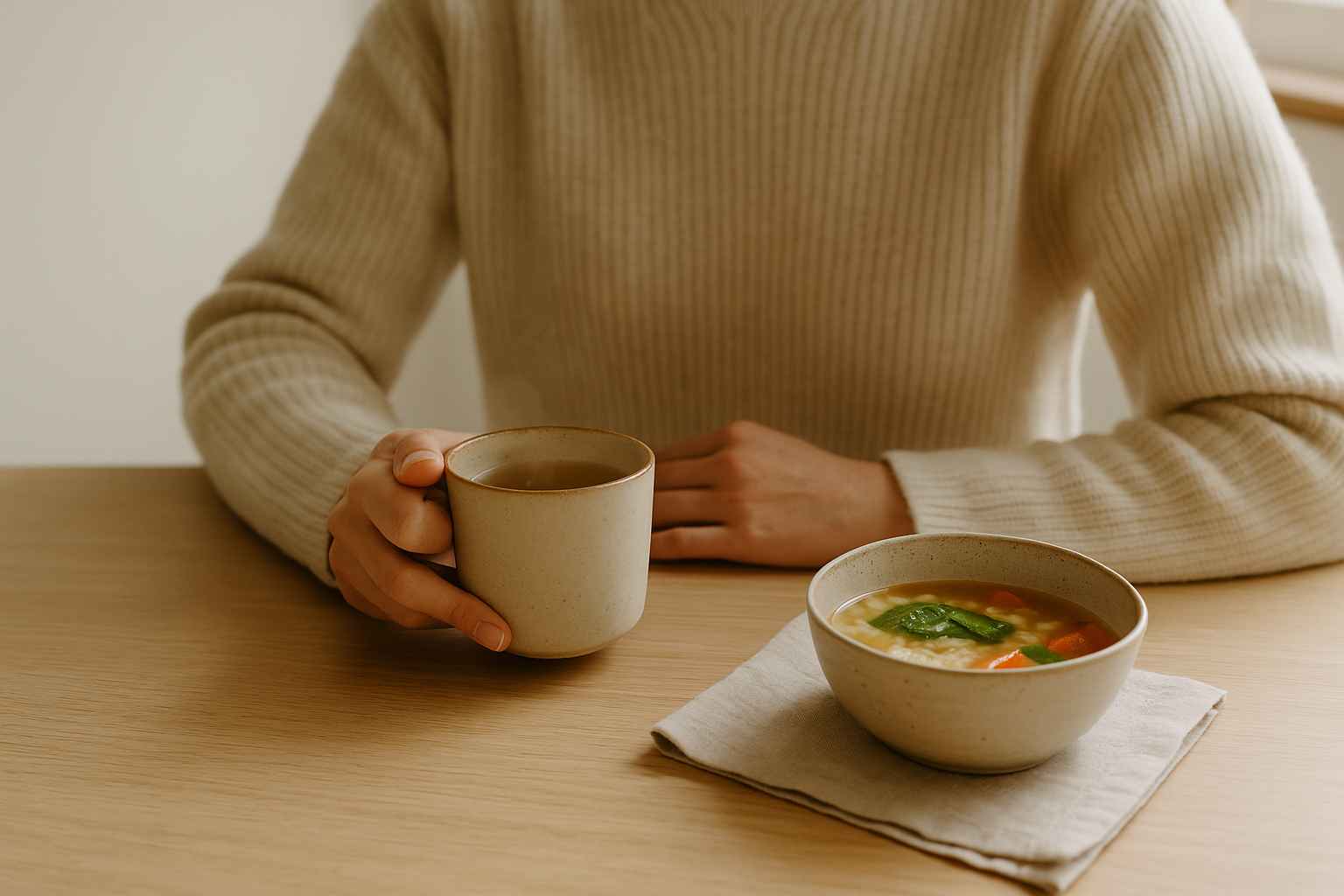Gua Sha, a time-tested technique for improving circulation and relieving tension, can also be a powerful tool for achieving fuller, stronger hair. By incorporating Gua Sha into your scalp care routine, you can stimulate blood flow, nourish your follicles, and encourage healthy hair growth. For more details on Gua Sha techniques, check out our basic guide to Gua Sha.
Here are six transformative Gua Sha tricks, complete with clear directions for the start and end points of each stroke, along with an explanation of how some strokes cover the same areas but serve different purposes.
1. Stimulate Blood Flow for Hair Growth
Gua Sha is excellent for stimulating circulation, ensuring that hair follicles receive the oxygen and nutrients they need to promote growth.
- Start point: Hairline at the forehead.
- End point: Nape of the neck.
- Direction: Move the tool from the front hairline towards the back of your head in long, straight strokes.
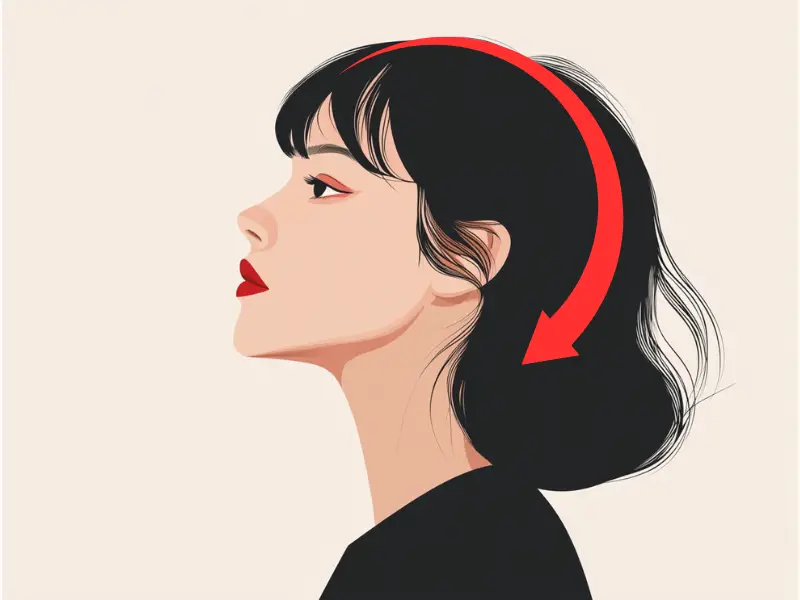
This stroke targets the entire scalp, improving circulation and oxygenation, which can encourage stronger, thicker hair growth. Perform this across the scalp, moving from the center outward, focusing on areas prone to thinning, like the temples and crown.
2. Relieve Tension in the Scalp
Tension in the scalp can restrict blood flow, negatively affecting hair health. While this stroke covers a similar area to the first, its focus is on releasing tension rather than circulation.
- Start point: Crown of the head.
- End point: Temples.
- Direction: Sweep the tool outward from the crown toward the temples.
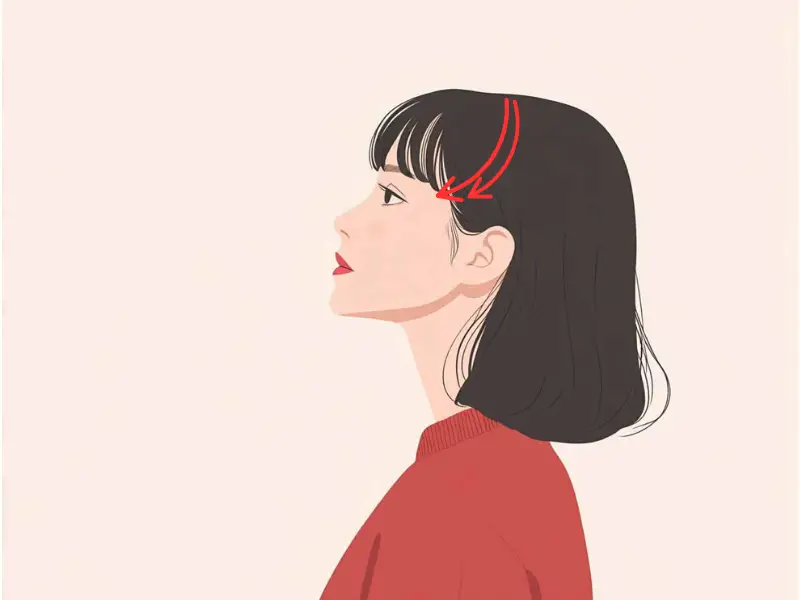
Additionally:
- Start point: Mid-scalp.
- End point: Behind the ears.
- Direction: Move the tool from the middle of your scalp down towards the area behind your ears.
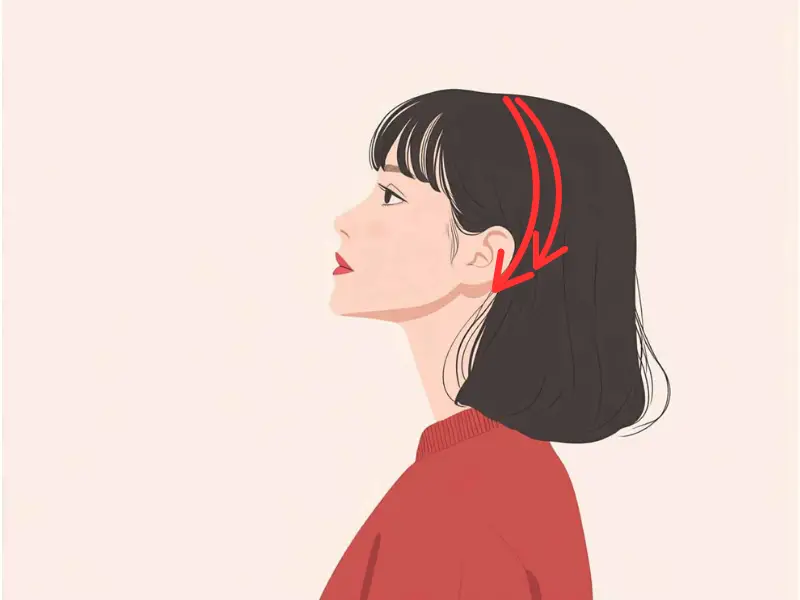
Although this overlaps with the previous stroke, the direction here aims to relieve tension in the scalp muscles. This helps create a relaxed environment, promoting better blood flow and healthier hair growth in the long term.
“A Gua Sha comb is easier to use because it doesn’t pull on the hair. However, since the surface area is smaller, you’ll need to go over the same spot multiple times. If comfort is your priority, a comb is ideal, but if you want to cover more area at once, a traditional Gua Sha tool works best.” — Ms. Mai Sogawa, Senior TCM Therapist
3. Use Gua Sha with Nourishing Oils
Using Gua Sha with oils like rosemary, jojoba, or argan can enhance the health of your scalp and hair. Although this stroke covers the same area as the blood flow stroke, it focuses on spreading the oils and ensuring deeper penetration.
- Start point: Hairline at the forehead.
- End point: Crown of the head.
- Direction: Begin at the hairline and move backward toward the crown.
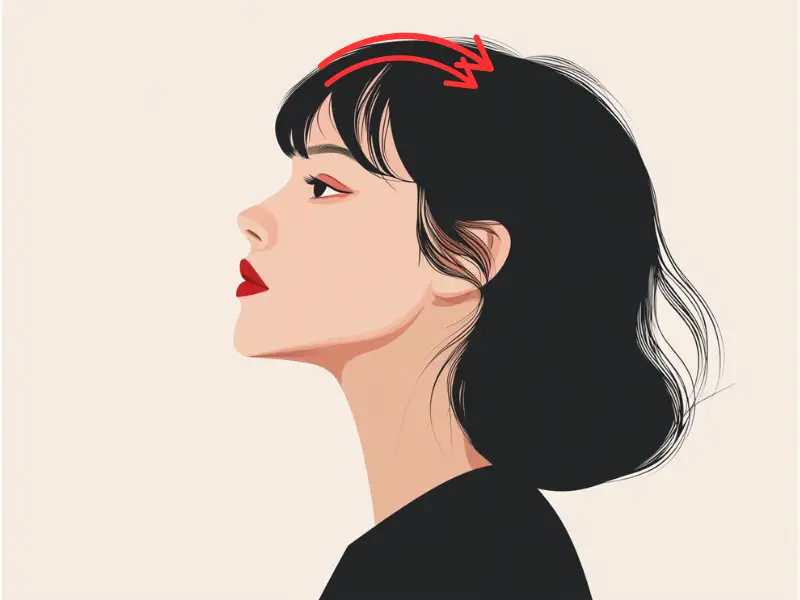
Once done:
- Start point: Center part of the scalp.
- End point: Sides of the scalp (above the ears).
- Direction: Sweep outward from the center of your scalp to the sides.
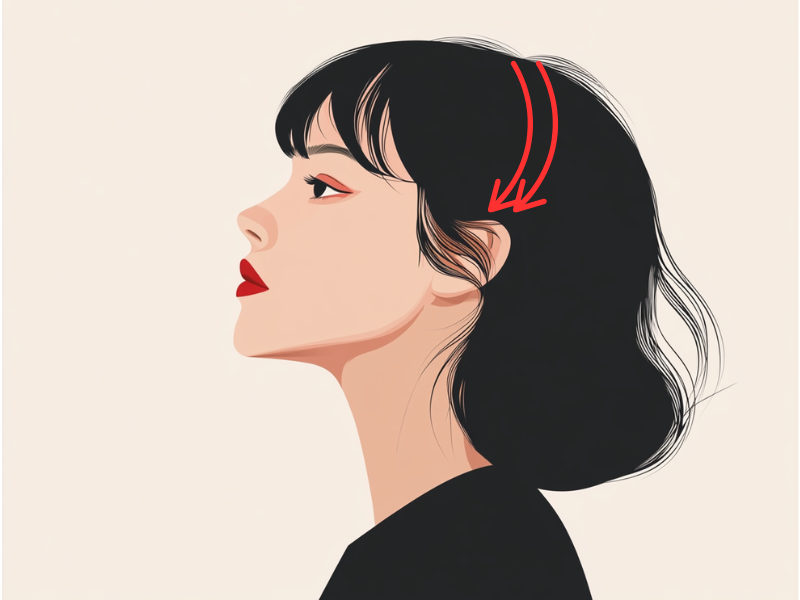
This technique uses a similar movement but with a different purpose—helping the oils absorb into the scalp. This nourishes and hydrates the hair follicles, encouraging stronger, more resilient hair.
4. Detoxify the Scalp for Healthier Hair
Detoxifying the scalp is essential for removing product buildup, oils, and toxins. This stroke focuses on lymphatic drainage, which promotes detoxification and scalp health. While it covers the same areas as other strokes, the upward direction targets drainage rather than circulation or tension relief.
- Start point: Base of the skull.
- End point: Crown of the head.
- Direction: Use upward strokes from the base of the skull to the crown.
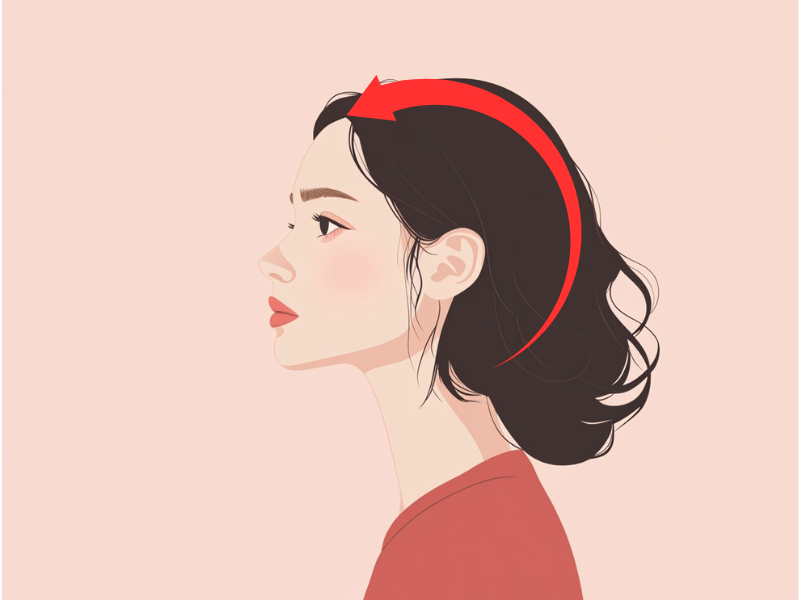
Another stroke:
- Start point: Behind the ears.
- End point: Top of the head.
- Direction: Sweep upward from behind the ears towards the top of your head.
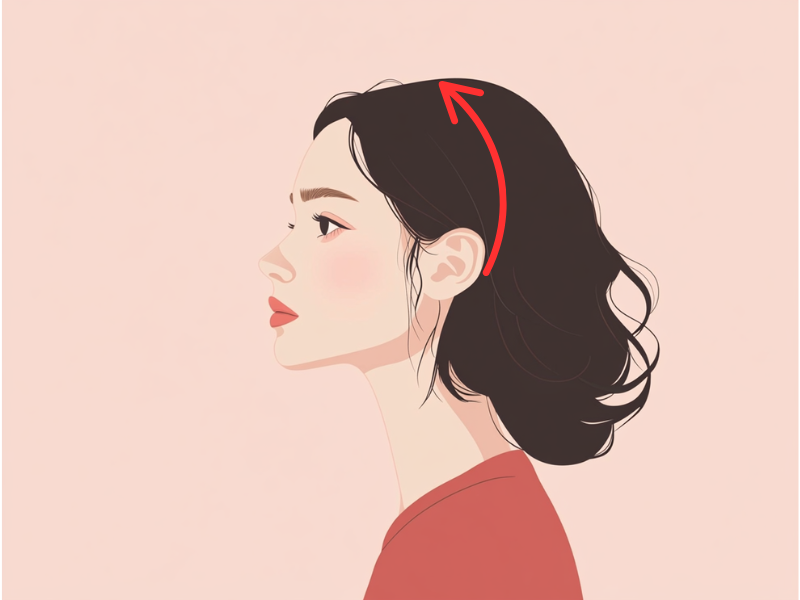
Detoxifying the scalp helps clear any buildup that can clog hair follicles and inhibit growth. Performing this stroke 2–3 times a week ensures a cleaner scalp, creating a better environment for healthy hair growth.
“Tools with ridges are especially effective for stimulating the scalp, while different shapes, like heart-shaped or wing-shaped tools, allow for varied uses depending on the body part you’re treating.” — Ms. Mai Sogawa, Senior TCM Therapist
5. Strengthen Hair Roots with Gentle Scraping
Strengthening hair roots is key to reducing breakage and encouraging fuller hair. This stroke is similar to the one used for stimulating blood flow but focuses on deeper stimulation for strengthening the roots.
- Start point: Forehead hairline.
- End point: Nape of the neck.
- Direction: Hold your Gua Sha tool at a 45-degree angle and scrape from the hairline down to the nape of the neck with medium pressure.
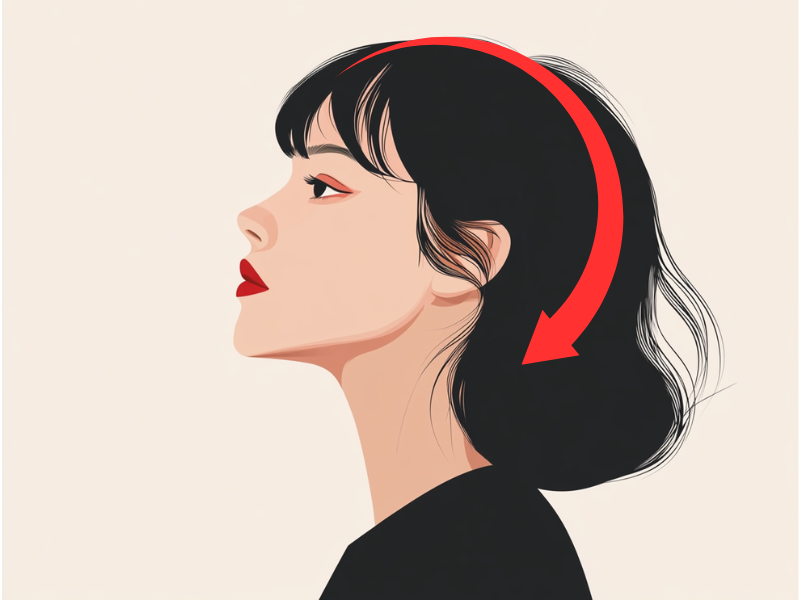
Also:
- Start point: Temples.
- End point: Crown of the head.
- Direction: Move the tool upward from the temples towards the crown.
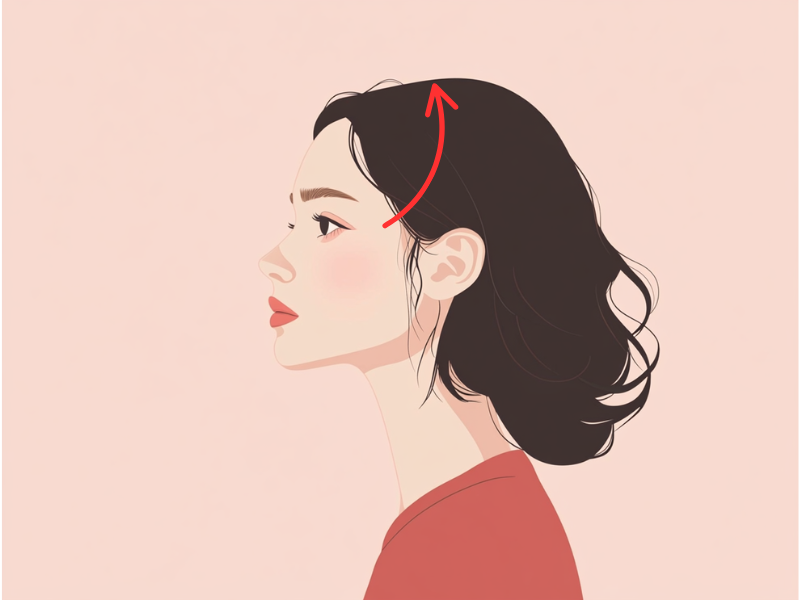
While the areas overlap with earlier strokes, the medium pressure and focused attention on the roots help prevent hair loss and encourage new, stronger growth. Repeating this 2–3 times a week will fortify your hair from its base.
6. Promote Relaxation for Better Hair Health
Stress is a known contributor to hair thinning and loss. This final Gua Sha stroke is meant to calm the nervous system and reduce stress, which can indirectly benefit your hair by minimizing hair shedding due to stress.
- Start point: Forehead hairline.
- End point: Nape of the neck.
- Direction: Use slow, flowing strokes from the front hairline towards the back of your head.
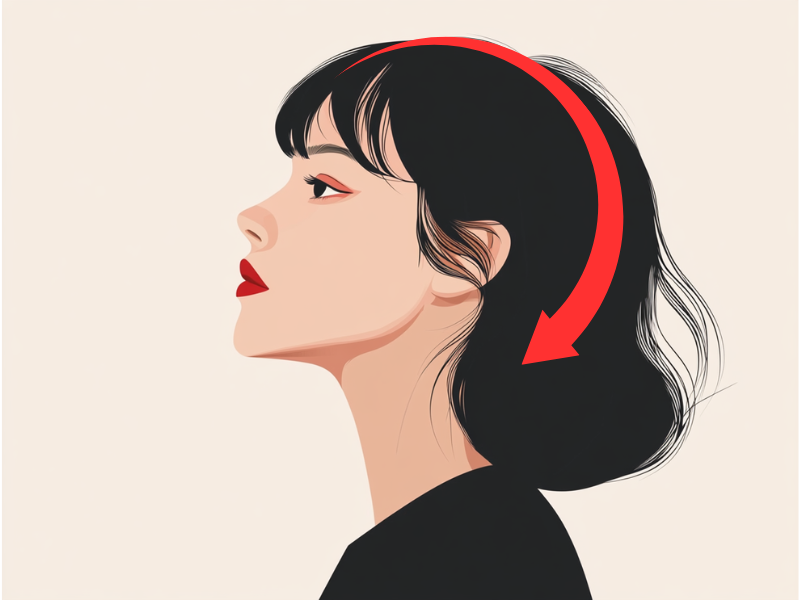
To enhance relaxation:
- Start point: Center of the scalp.
- End point: Above the ears.
- Direction: Sweep from the center of your scalp outwards towards your ears.
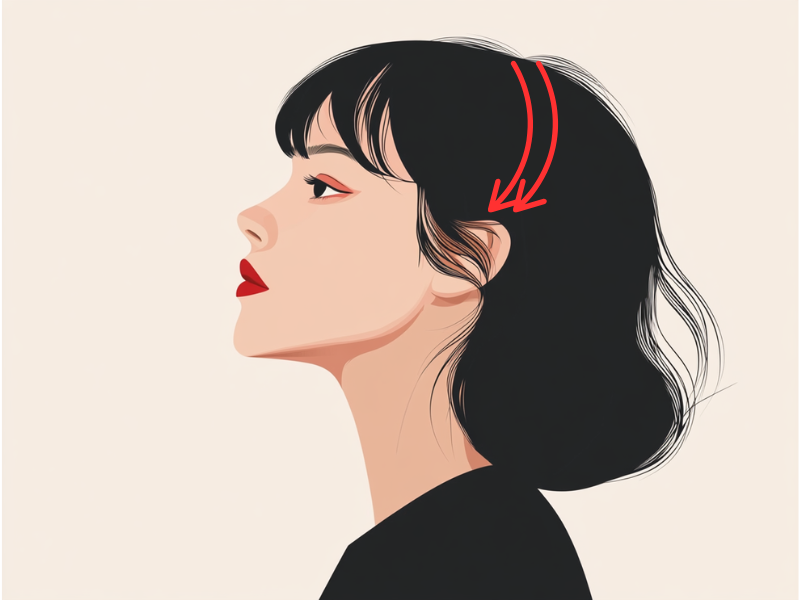
Although this stroke mirrors the first step in terms of the area covered, its intention is different. Performed more slowly and with gentler pressure, this stroke focuses on stress reduction. Stress often contributes to hair loss, so incorporating this relaxing stroke at the end of your routine helps to calm both your scalp and body. This “cool-down” process is essential after the more stimulating strokes to leave the scalp in a relaxed state, further improving hair health.

Try our Anti-Aging Gua Sha Tool designed to bring out your skin’s natural glow.
Best Gua Sha Product- Anti-Aging: The tool is designed to target 11 specific aging signs such as wrinkles and sagging skin. By following the 7-step routine, users can improve skin firmness and reduce fine lines naturally.
- Enhances Skincare Routine: It works effectively with serums and lotions, boosting absorption and efficacy of skincare products.
- Visible Skin Improvement: Users can expect a smoother complexion, reduced puffiness, and a more youthful appearance.
 P. Sze
P. Sze 

